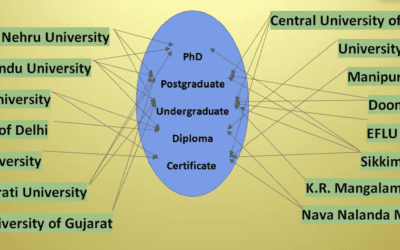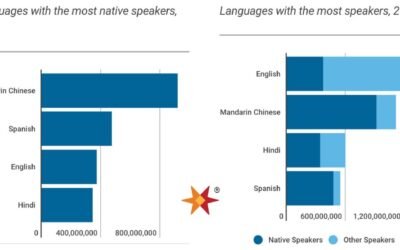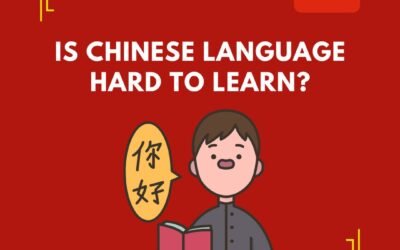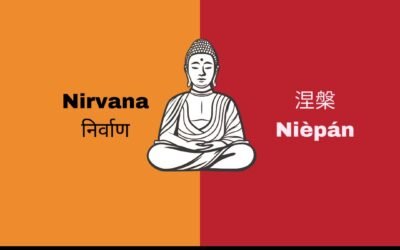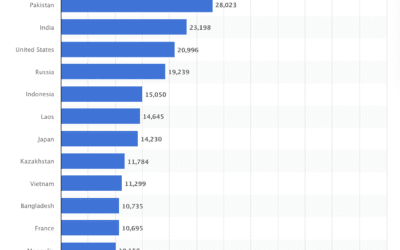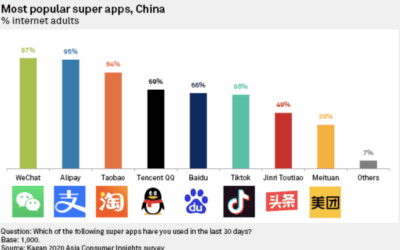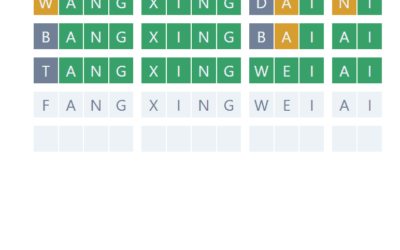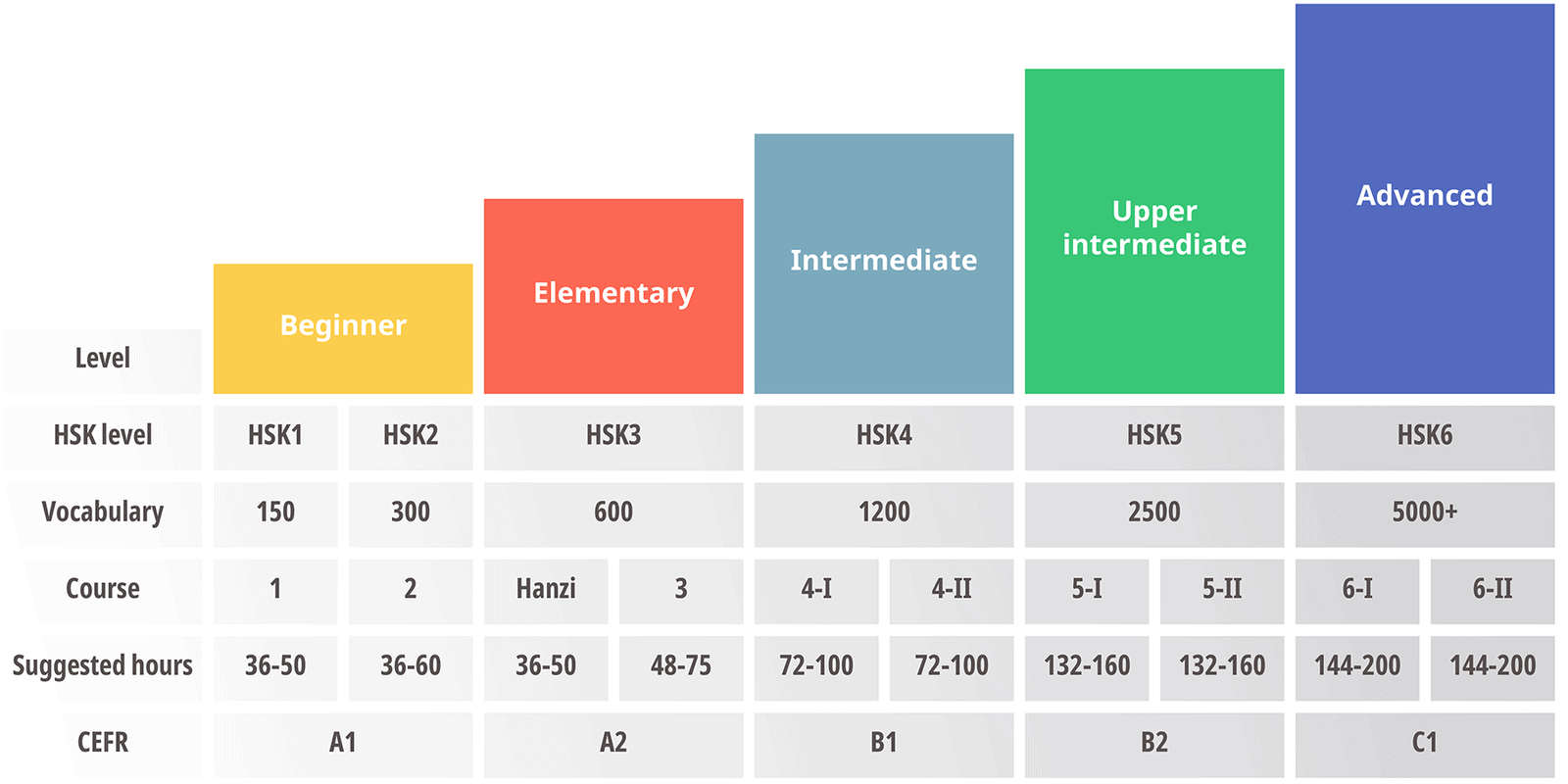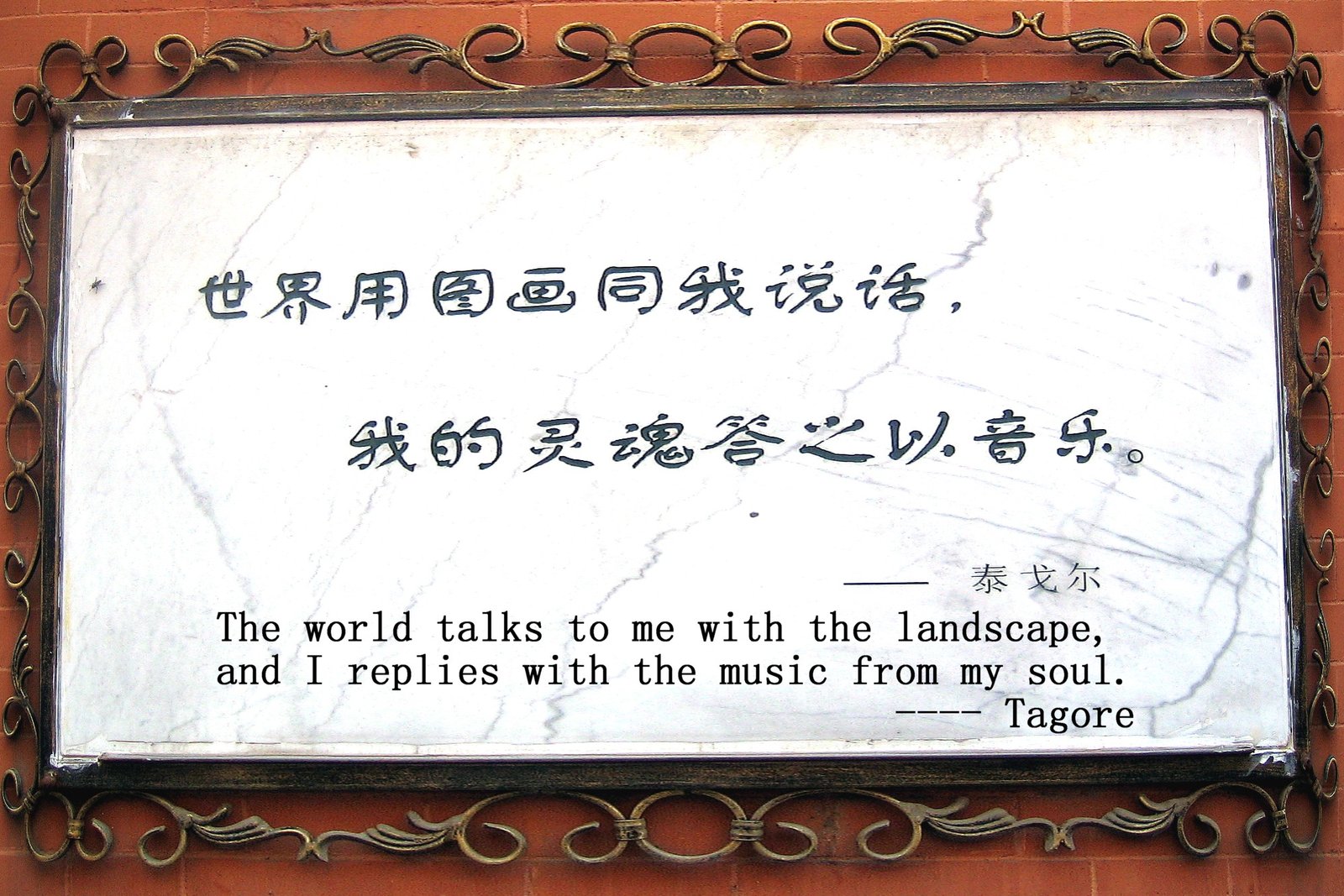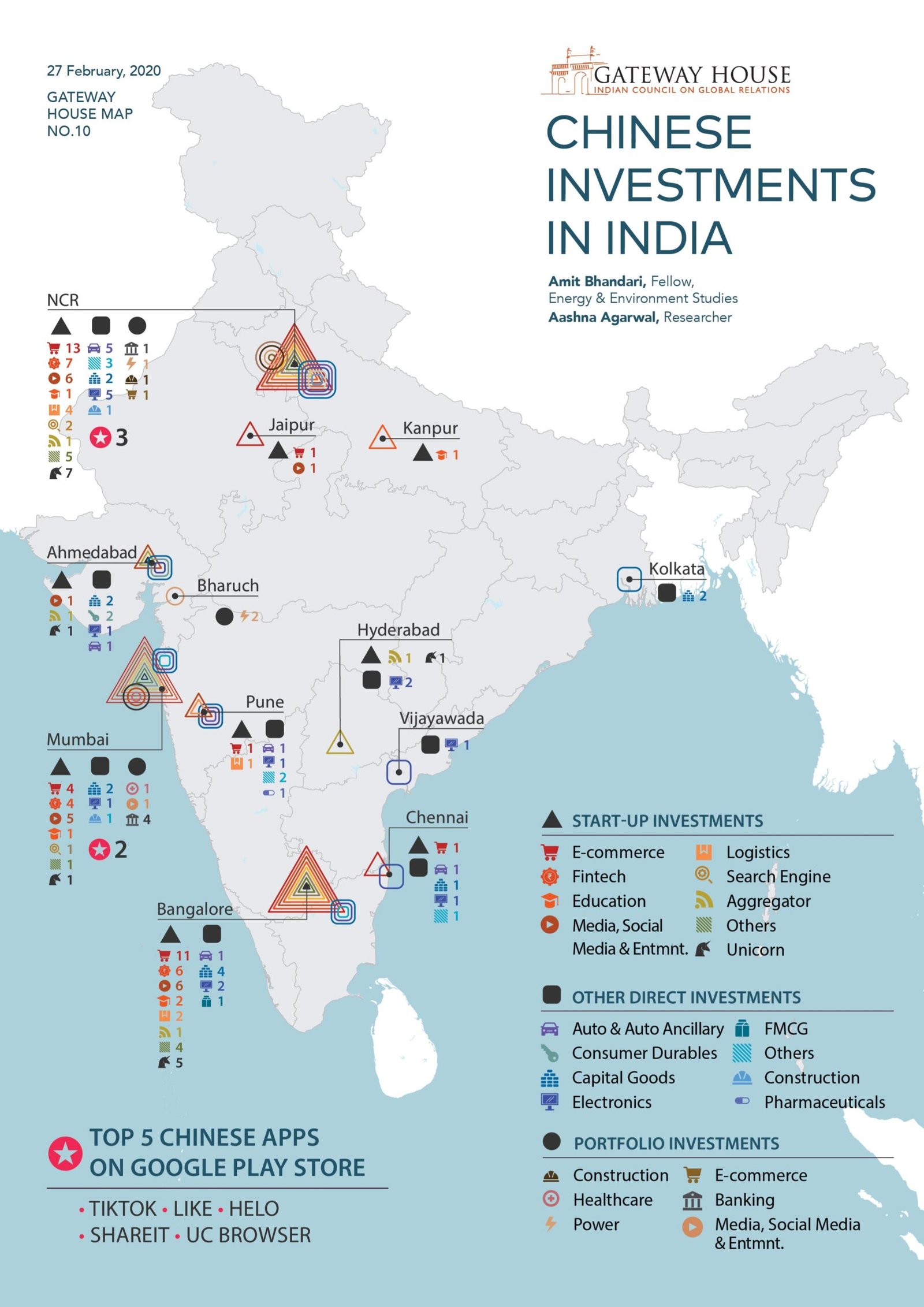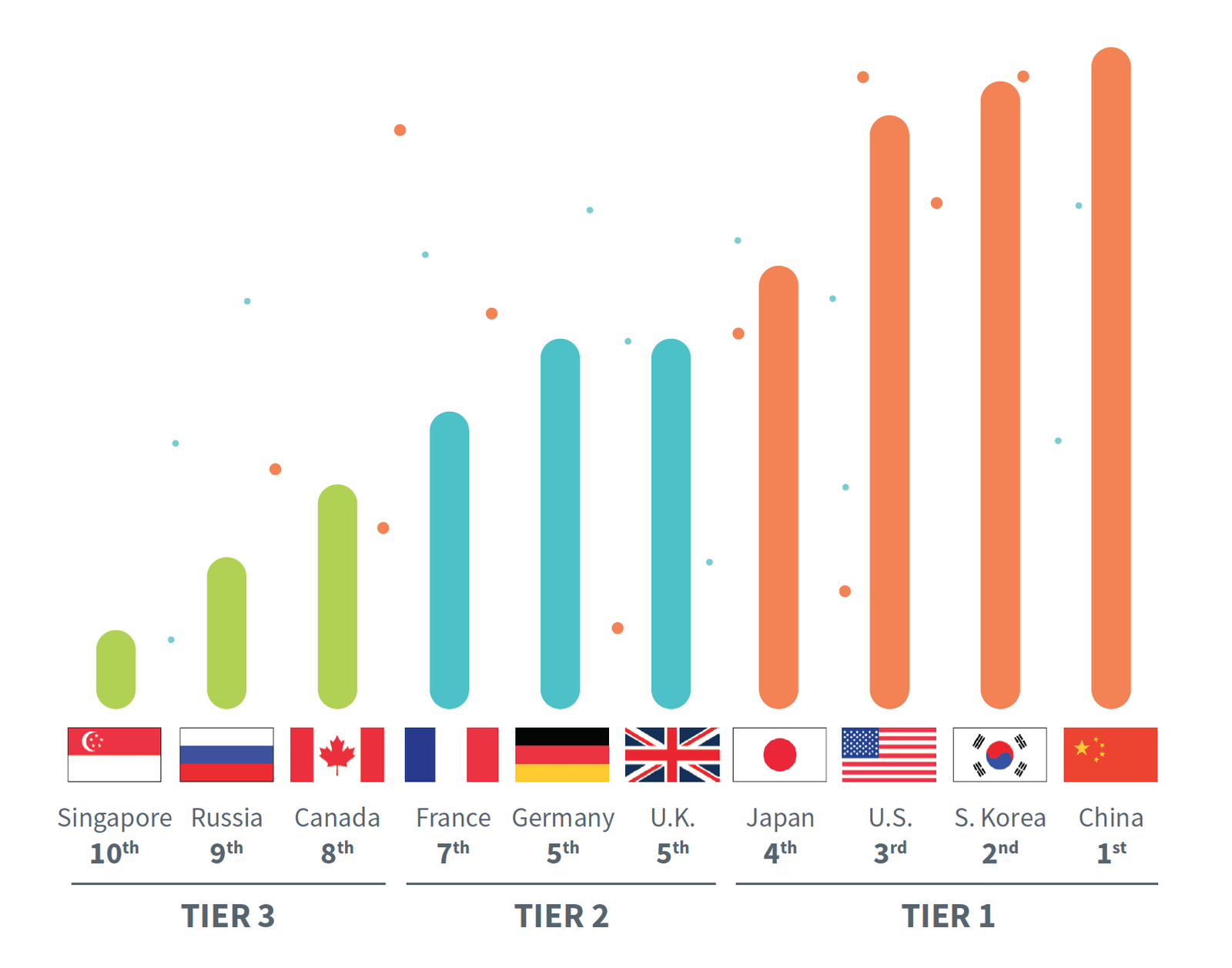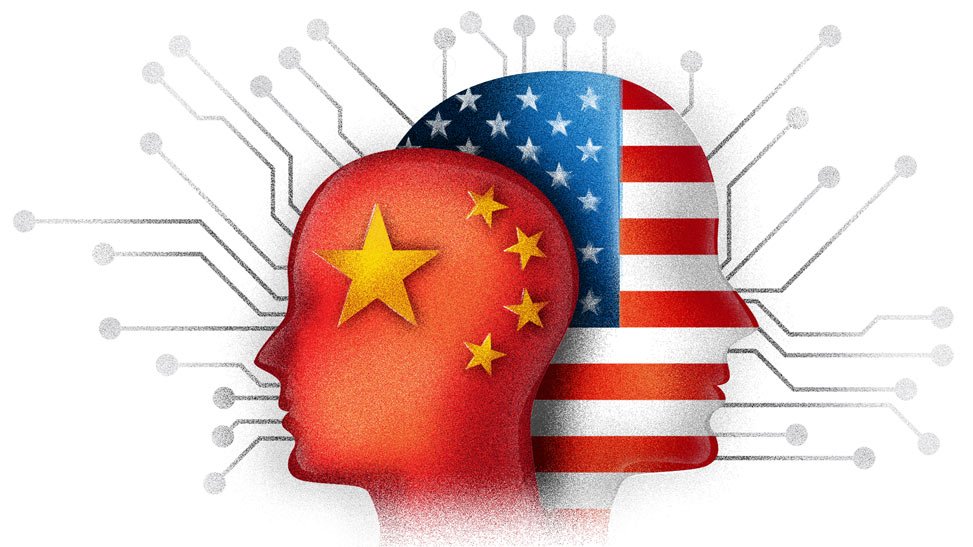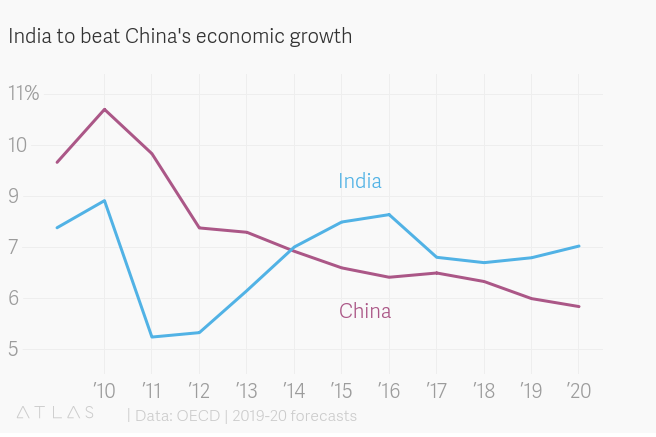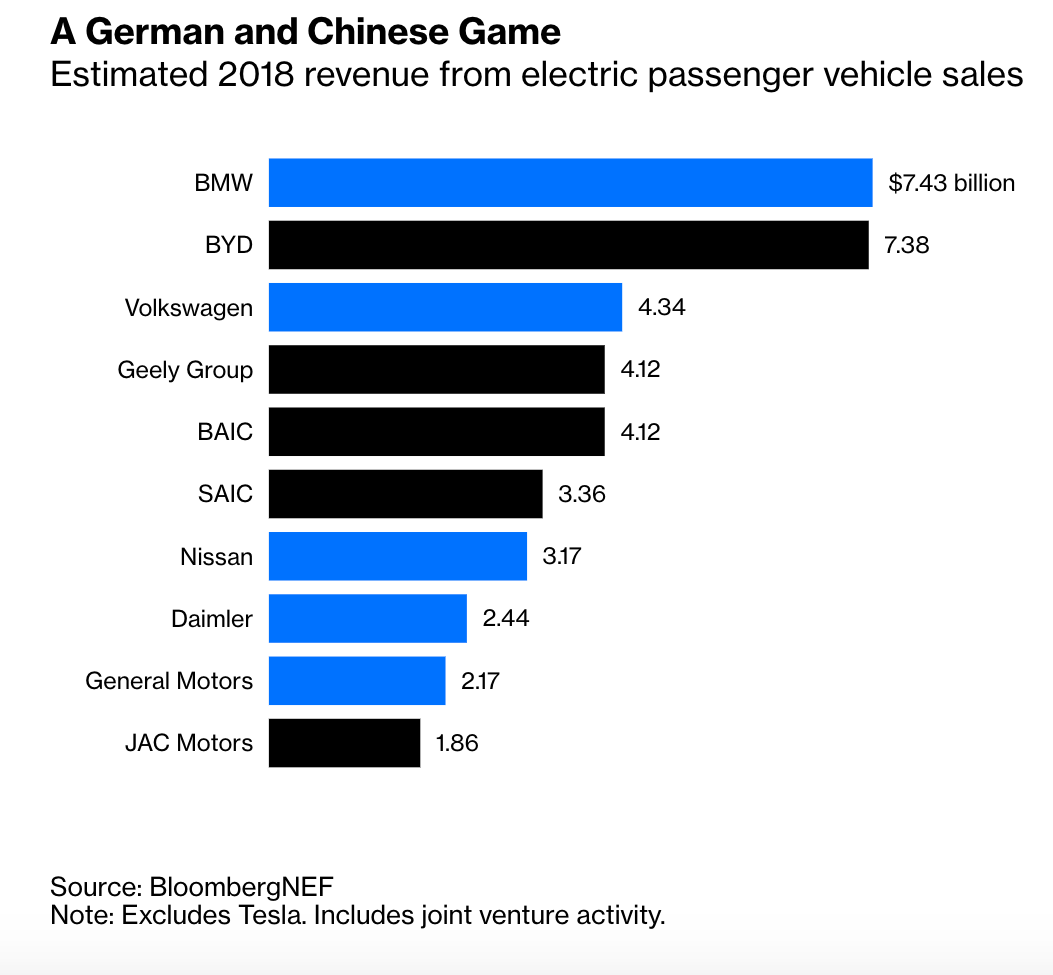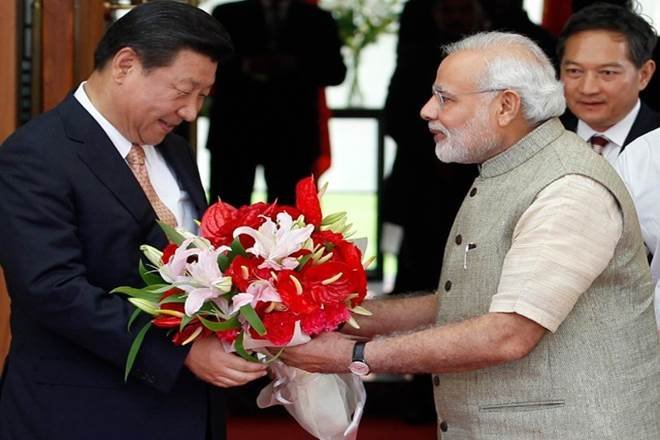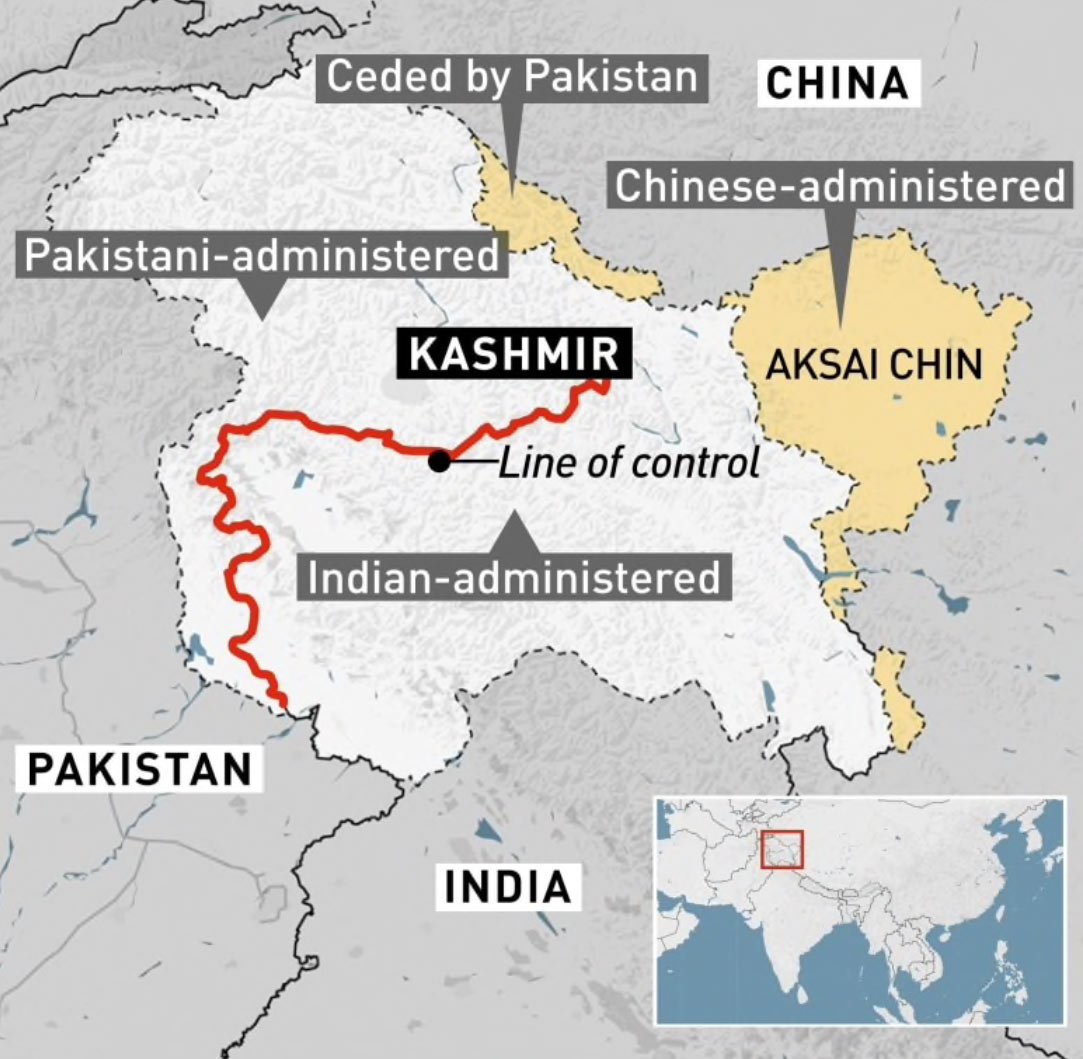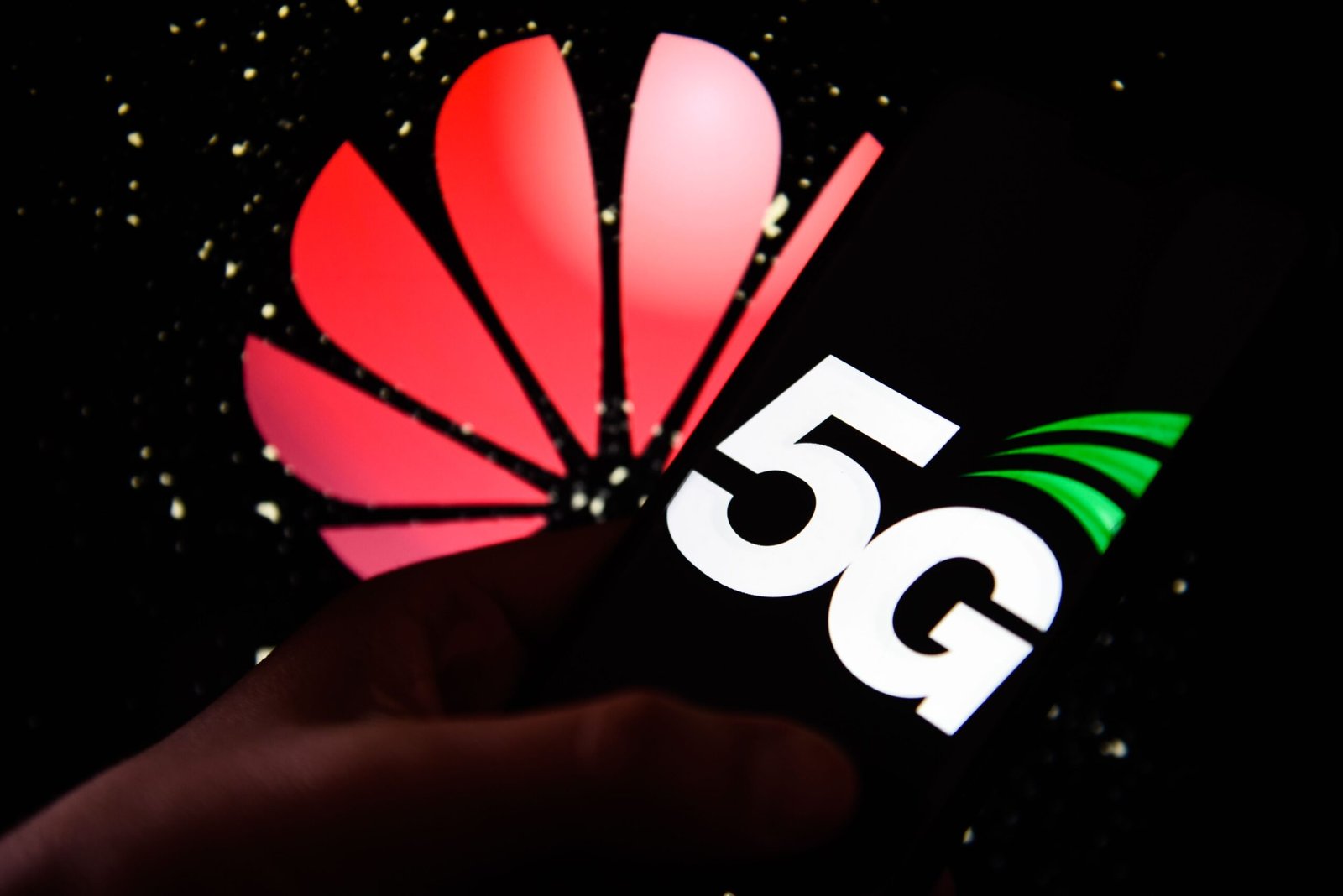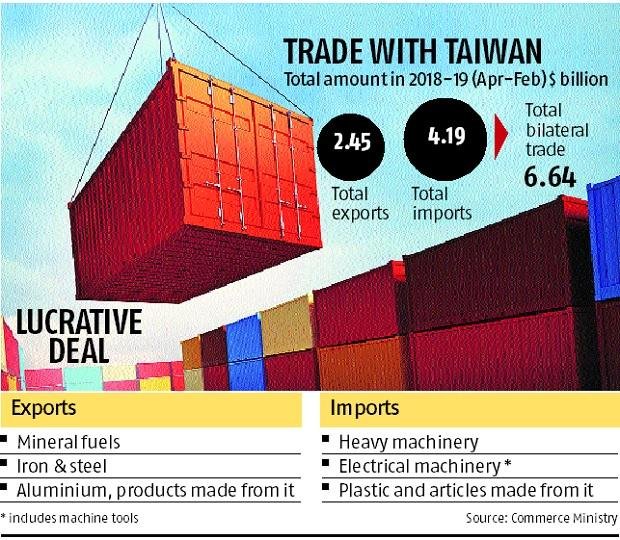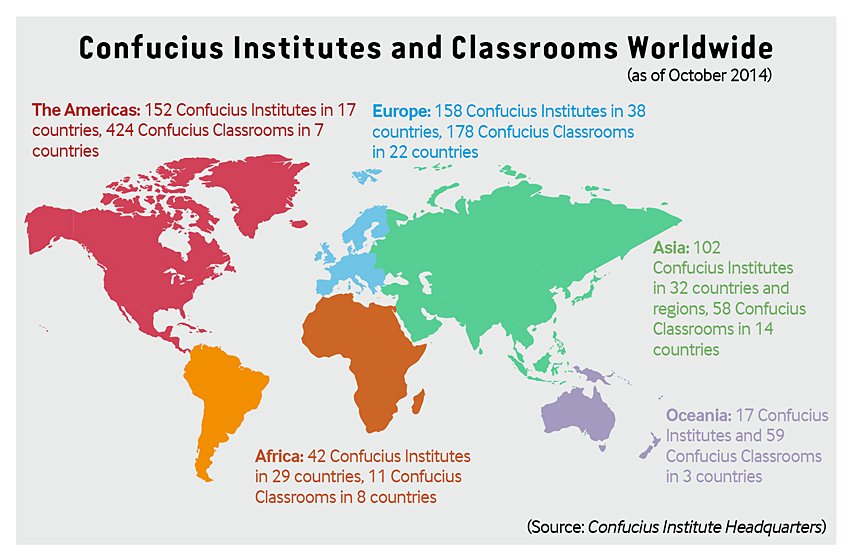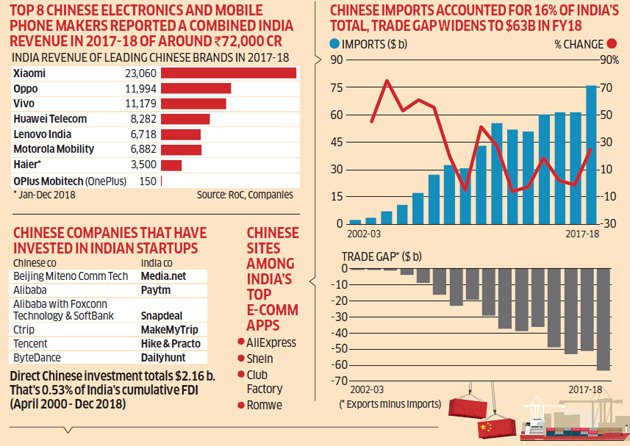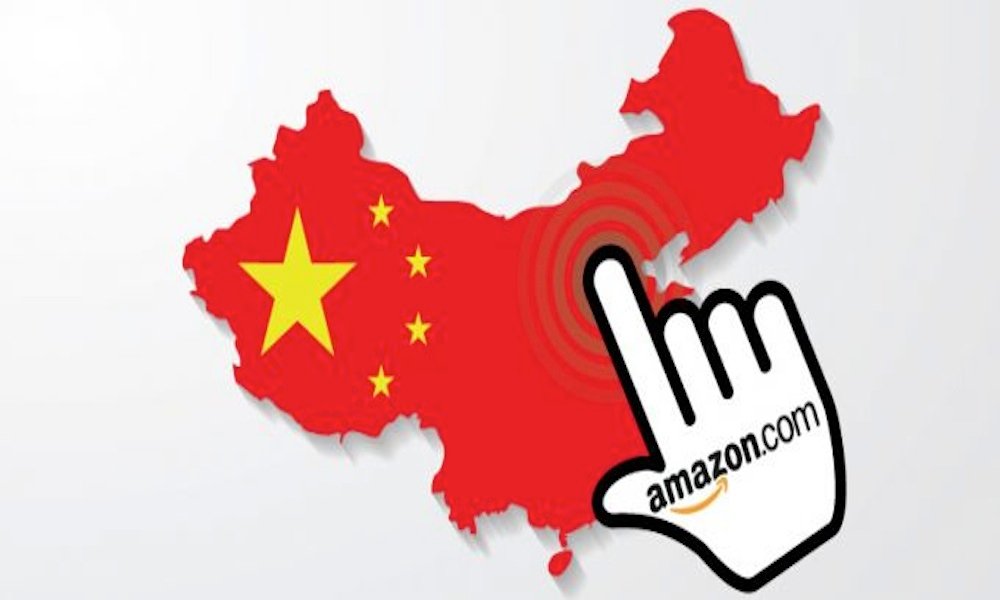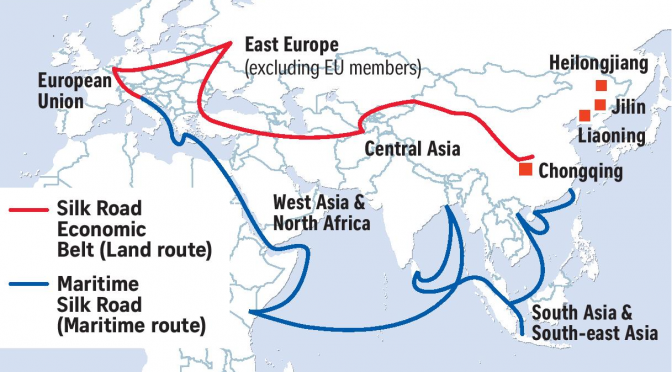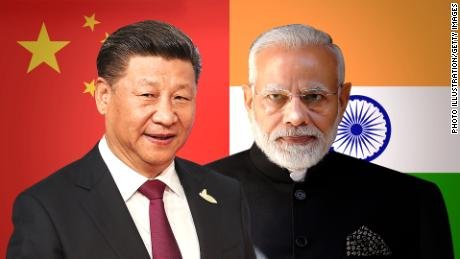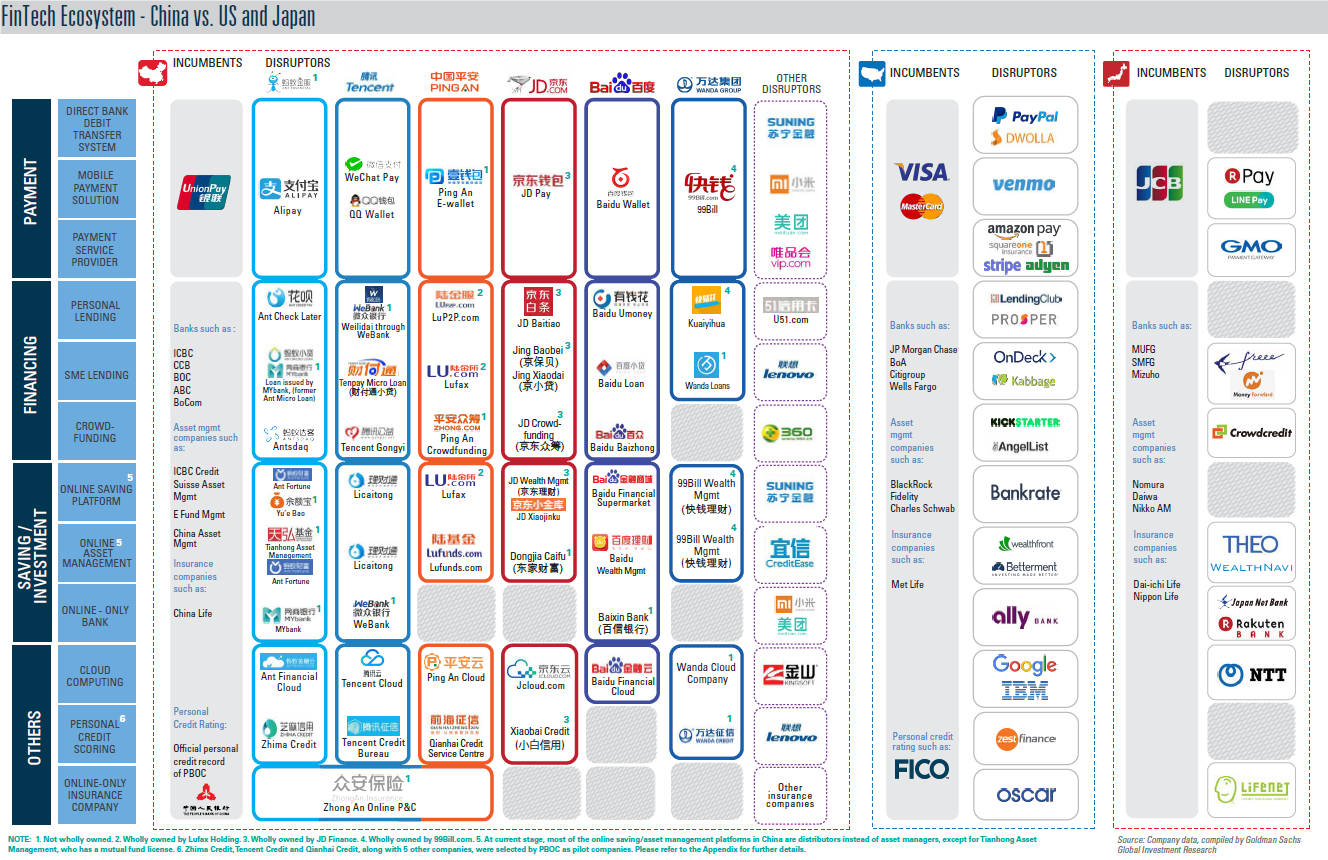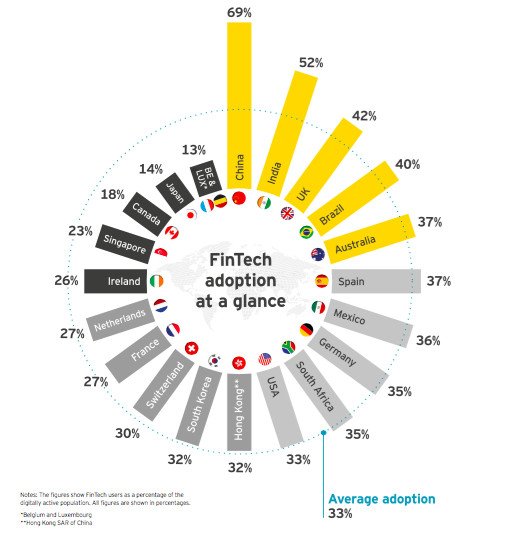Learning Conversational Mandarin through podcasts was a huge breakthrough idea in 2023. Podcasts...
Our Blog
Welcome to Inchin Closers blog, where we cover news, insights and trends from China and India. Written by experts, the articles below, chart the impact China and India have on each other in the spheres of economics, politics and culture.
Pursuing Mandarin at higher levels
If you’re looking at pursuing Mandarin language as a career, want to join the Indian Foreign...
Learn to count in Mandarin
Taught logically and simplistically from 1 – 100 billion, Inchin Closers Mandarin Language classes, teach Chinese numbers from the beginning
Mandarin – An Inclusive Language; way ahead of its time
Mandarin, although one of the oldest languages on the planet also the most progressive and inclusive languages worldwide.
Difference between HSK and HSKK exams
The international certification in Mandarin consists of two separate exams, the HSK short for...
Re-introducing Inchin Closers OFFLINE classes in Bandra West
To give Inchin Closer students the flexibility to select a course based on their preference for time, duration, location and teacher , Inchin Closer has developed a highly sophisticated, integrated model for students to learn Mandarin in a way they prefer best.
Top 5 Facts about Sports in India and China
Inspired by the ongoing cricket IPL and the summer full of sports activities, Inchin Closer brings to you Top 5 Facts about India-China Sports.
Indian city names in Mandarin
Inchin Closer assigns our students with Chinese names. The unique name given by our teachers to all students is well thought out based on gender, personality and the sound of their name in its original language. Owning a Chinese name is special.
The 10 Most Asked Questions on Learning Mandarin answered by ChatGPT
Inchin Closer asks ChatGPT the 10 most frequently asked questions about Mandarin. Here are ChatGPT’s answers.
Top 20 Spoken Languages in the World
English is the largest spoken language if you count both native and non-native speakers around the world. However, if you count only native speakers, Mandarin Chinese is the worlds most spoken language because of the sheer size of the Chinese population.
Job Opportunities for Mandarin Language Speakers
There are many companies looking for Mandarin language speakers. Based on your qualifications and...
Online Vs Offline learning
The differences, pros and cons of learning Offline Vs Online and which learning style is more...
5 Amazing Websites to Prepare You for 2023!
Skills development is an integral part of staying ahead of the curve and making sure you are...
How to learn conversational Mandarin?
5 practical, highly effective ways to improve your Mandarin conversational ability. Tried and tested over 13 years, endorsed by Inchin Closer students, these 5 ways will ensure that you can speak Mandarin confidently in any situation.
Is taking the HSK exam worth it?
The HSK exams are important if you want to prove your mettel on the international stage. However, if you are learning Mandarin for fun to explore the culture, then don’t be restricted by only the HSK exam, learn conversational Mandarin
Is Chinese Language hard to learn?
Chinese language isn’t hard to learn. In fact Chinese or Mandarin is a very logical language. Unlike English which has funny spellings and exceptions to many grammar rules, Mandarin is very straight forward. Also, Indians have a secret super power when it comes to learning Mandarin! Read on to find out what it is?
8 Indian loanwords used commonly in Mandarin language
Indians soft culture has permeated across the lofty Himalayas, buoyed by the winds of the Bay of...
Ten Reasons Why Mumbai Should Not Be Shanghai
Inchin Closer's CEO Nazia Vasi, a Mumbaikar who lived in Shanghai, goes behind the gloss and...
Chinese, Japanese or Korean language, which one is easier to learn? A 5 step guide
Answers questions to: Is Chinese language similar to Japanese? Should I learn Chinese or Japanese? Are chinese characters and kanji the same?
School Just Got Smarter
How technology is driving education for next-gen Chinese By Charmaine Mirza Sit up straight,...
6 Best Chinese tattoos this Summer!
Also How to avoid embarrassing Chinese character tattoo's Chinese characters have a lot of...
There’s A Cockroach In My Soup!
A Dollop of Chinese Culinary Wisdom for the Foodie Soul ~ By Charmaine Mirza …Drink your milk for...
India’s greatest resignation ever!
Inchin Closer lists four ways you can learn Mandarin and get a well paying job from the comfort of...
India-China trade crosses US$100 billion mark
India-China trade is expected to escalate in 2023 even though relations between the neighbouring...
How to get a scholarship to study in China?
How to get a scholarship to study in China? The different types of scholarships, their...
10 Chinese mobile apps every entrepreneur should know!
10 Chinese mobile apps. Superapps are a fantastic resource for business. Learn about their...
Fun and Easy ways to learn Mandarin
These easy ways to learn Mandarin will help you learn the language quickly and can become a fun...
8 foods that originated from China
While you might think that Manchurian chicken dumplings or triple schezwan fried rice are Chinese...
How to make learning Chinese language easy
Have you tried learning Mandarin from any other language besides English? While pinyin is the...
The new HSK exam
The HSK exam will be completely revamped before the end of this year, read on to know the changes...
RABBIT IN THE MOON
Narrative arts and storytelling traditions in India and China ~ By Charmaine Mirza Once Upon A...
The bard on the Bund
An exclusive...
Getting back to work
Resuming work safely post the Covid 19 lockdown. Issued in public interest by Inchin Closer In...
WHAT’S TRENDING IN CHINA’S INDIA SHOPPING CART?
~ By Charmaine Mirza This map was originally published by Gateway House. For the full report,...
FLEXIT OR TE(CH)XIT? (2)
~ By Charmaine Mirza As the application of 5G technology grows amongst the Internet of Things...
FLEXIT OR TE(CH)XIT?
Which tech passport has the most global muscle? ~ By Charmaine Mirza Riding high on the bubbly...
Will India and China pen a US$100 billion success story?
~ By Kavita Ogale China will have to thaw the barriers to Indian imports with the looming trade...
The Big Switch
~ By Kavita Ogale A brief glimpse at how electric vehicles mobility is charging the future of...
I spy, with my little eye…
~ By Charmaine Mirza Move over, Matahari. Double agents are passé. Today’s world is all about...
Lights, camera, gifts!
This could be the mantra for Diwali or Chinese New Year. ~ By Kavita Ogale Fire crackers ward off...
Can President Xi and Prime Minister Modi quell tensions?
~ By Inchin Closer staff Three days after Chinese president Xi Jinping will meet Pakistan Prime...
Bracing for the War against Climate Change
How India and China are gearing up for the only war that counts
The Kashmir Corner
~ By Charmaine Mirza Prologue: Geopolitics in South Asia just took a twist – but it’s hardly a new...
Will Huawei power 5G in India?
~ By Kavita Ogale Supersonic internet speeds, digital prowess that can spur industries including...
A New Age Of Rising Suns
Is India “Looking Further East” Beyond China? ~ By Charmaine Mirza Compete, collaborate and an...
The Confucius Dilemma: How the US and India cannot ignore Chinese language learning
~ By Kavita Ogale For the latest list of 24 Confucius Institutes that closed in the US - click...
THIS LITTLE PIG WENT TO MARKET
~ By Charmaine Mirza What does the Year of the Pig hold for India-China bilateral trade? Will the...
Amazon’s latest gameplan: Pull out in China, Pan out in India
~ By Kavita Ogale UPDATE: Amazon has stepped up its investment in India and pumped in...
HARD LINE OR SOFT TOUCH? part 1
~ By Charmaine Mirza China's planned One Belt One Road Initiative With general elections taking...
Modi and Xi: Breaking Barriers, Strengthening Borders
~ By Kavita Ogale 543 seats. Over 10 lakh polling stations. The Lok Sabha election 2019 has...
China-India’s third wave of cultural camaraderie
~ By Nazia Vasi; as published in China India Dialogue Andhadhun or 调音师 in Mandarin has grossed $...
What’s in a Language?
How English is a language of exchange and empowerment for both nations By Kavita Ogale When...
Does the future of India and China lie in FinTech?
~By Charmaine Mirza SourceL FinTech in China: An Introduction ‘Whoever is first in the field and...
Fintech: China vs. India – compete or collaborate?
Photo credit: EY FinTech Adoption Index 2017 ~ By Charmaine Mirza Did you… just buy your...
Book A Course Today!
Learn Chinese language with professional, Hanban qualified Native Chinese teachers. Endorsed by the People’s Republic of China Consulate, Mumbai; with more than 10 years experience, Inchin Closer’s certificate Mandarin courses help you get from basic Chinese HSK 1 levels to an Advanced HSK 6 level in only a few years.


